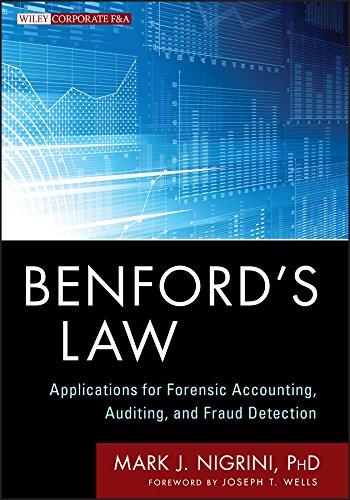Question
Seven metrics The following data were taken from the financial statements of Woodwork Enterprises Inc. for the current fiscal year. Assuming that there are no
Seven metrics
The following data were taken from the financial statements of Woodwork Enterprises Inc. for the current fiscal year. Assuming that there are no intangible assets.
| Property, plant, and equipment (net) | $ 5,000,000 | |||||
| Liabilities: | ||||||
| Current liabilities | $ 400,000 | |||||
| Mortgage note payable, 5%, ten-year note issued two years ago | 3,600,000 | |||||
| Total liabilities | $4,000,000 | |||||
| Stockholders' equity: | ||||||
| Preferred $1 stock, $10 par (no change during year) | $1,000,000 | |||||
| Common stock, $5 par (no change during year) | 2,000,000 | |||||
| Retained earnings: | ||||||
| Balance, beginning of year | $8,000,000 | |||||
| Net income | 500,000 | $8,500,000 | ||||
| Preferred dividends | $ 100,000 | |||||
| Common dividends | 100,000 | (200,000) | ||||
| Balance, end of year | 8,300,000 | |||||
| Total stockholders' equity | $11,300,000 | |||||
| Sales | $ 6,250,000 | |||||
| Interest expense | $ 180,000 | |||||
| Beginning-of-the-year amounts: | ||||||
| Property, plant, and equipment (net) | $ 4,500,000 | |||||
| Total assets | 12,200,000 | |||||
| Retained earnings | 8,000,000 | |||||
Determine the following: (a) debt ratio, (b) A leverage ratio that measures the margin of safety of long-term creditors, calculated as the net fixed assets divided by the long-term liabilities.ratio of fixed assets to long-term liabilities, (c) A comprehensive leverage ratio that measures the relationship of the claims of creditors to stockholders' equity.ratio of liabilities to stockholders equity, (d) Ratio that measures how effectively a company uses its assets, computed as net sales divided by average total assets (excluding long-term investments).asset turnover, (e) A measure of the profitability of assets, without regard to the equity of creditors and stockholders in the assets.return on total assets, (f) A measure of profitability computed by dividing net income by average total stockholders' equity.return on stockholders equity, and (g) A measure of profitability computed by dividing net income less preferred dividends by average common stockholders' equity.return on common stockholders' equity. Round to two decimal places.
| a. | Debt ratio | % |
| b. | Ratio of fixed assets to long-term liabilities | |
| c. | Ratio of liabilities to stockholders equity | |
| d. | Asset turnover | |
| e. | Return on total assets | % |
| f. | Return on stockholders equity | % |
| g. | Return on common stockholders equity | % |
Step by Step Solution
There are 3 Steps involved in it
Step: 1

Get Instant Access to Expert-Tailored Solutions
See step-by-step solutions with expert insights and AI powered tools for academic success
Step: 2

Step: 3

Ace Your Homework with AI
Get the answers you need in no time with our AI-driven, step-by-step assistance
Get Started


